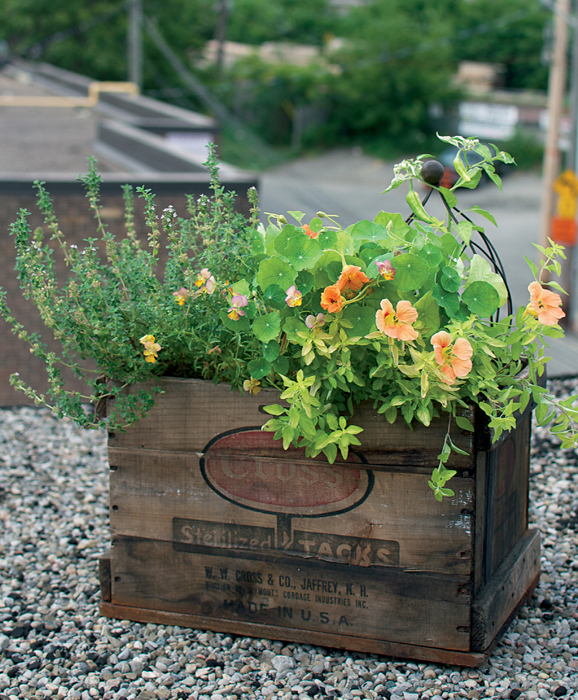
Copyright 2012 by Gayla Trail
All rights reserved.
Published in the United States by Clarkson Potter/Publishers, an imprint of the Crown Publishing Group, a division of Random House, Inc., New York.
www.crownpublishing.com
www.clarksonpotter.com
CLARKSON POTTER is a trademark and POTTER with colophon is a registered trademark of Random House, Inc.
Library of Congress Cataloging-in-Publication Data is available upon request.
eISBN: 978-0-307-95325-4
Cover design by Fluffco
Cover photographs by Davin Risk and Gayla Trail
v3.1
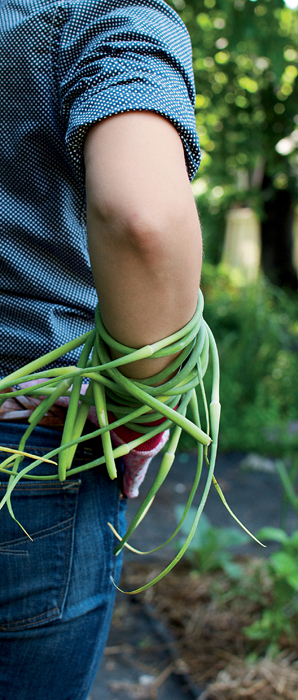
To Mr. Barry Parker, whose lessons about gardening, life, and friendship have changed me for the better.
Contents
SECTION THREE:
KEEPING STOCK: GATHER, PRESERVE, EAT
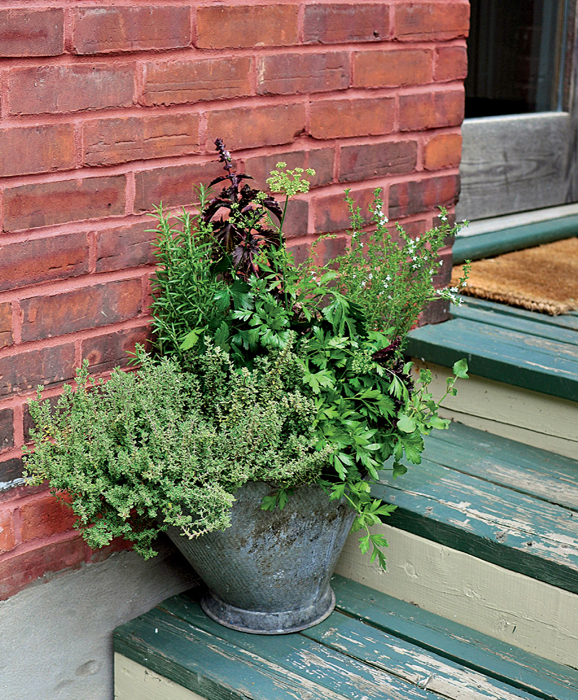
Introduction
I have very fond memories of my first herb plant, a little curly parsley that I grew from seed in a foam cup. I was five. It was also my very first plant ever and the gateway to an experience Ive spent my adult life repeating over and over again.
I do not recollect actually planting the seed, but I do remember waking up with excitement each morning to see what new magic the little plant had performed overnight. I remember gently rubbing its crinkly green leaves and sneaking ever-so-tiny tastes. The urge to touch, smell, taste, and explore the plant with all of my senses was strongthankfully it was edible!
In my adult life, gardening with herbs and edible flowers grew out of a desire to make my small rooftop garden as productive and beautiful as possible. Regular, non-edible flowers are nice enough and serve a useful purpose in attracting pollinators and delighting our eyes, but I wanted to fill the empty spots in the tomato and pepper pots with something I could eat. The next thing I knew I was growing thirteen different varieties of basil and seeking out weirdly wonderful herbs with intriguing flavor descriptions that hail from around the world. I had to try them all! Im still working on it.
Through this exercise in the economy of growing space, I have come to appreciate edible flowers as something more than a sprinkling of potpourri on my plate and have discovered captivating culinary oddities like borage, a pretty blue flower that tastes just like cucumber; Cuban oregano, an indestructible houseplant that tastes like a more potent form of the oregano were used to; and Purple shiso, a frilly Asian herb that can be brewed into a refreshingly fruity, nuclear pink iced tea.
Herbs may be able to teach us about each others cuisines, cultures, and histories. Yet at their core they are humble, unpretentious plants, many of which started out as weeds. Theyre simple to grow and theyll fit into literally any space you can provide them, including but not limited to a crack in a broken patio stone, the step next to your front door, or your bathrooms keyhole windowsill.
Let me show you how.
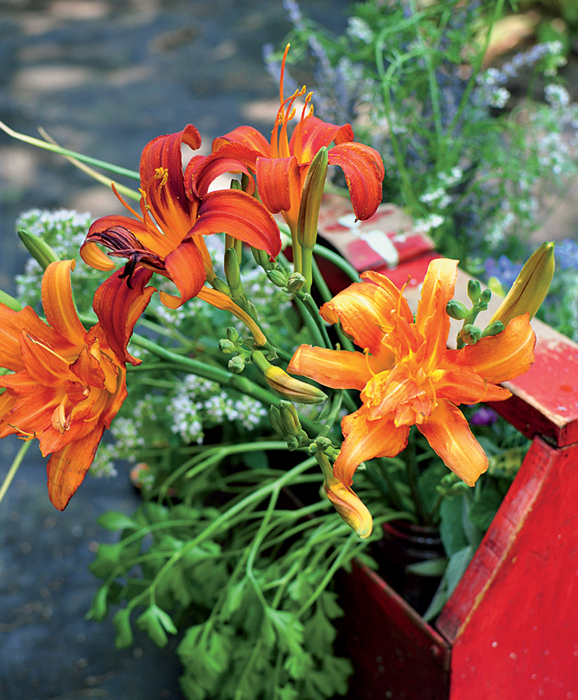
About This Book
Can I grow herbs on a shady balcony? When do I plant basil? What should I do with a basket of rose petals? Starting a new garden and growing new plants inevitably raises an excess of questions. I wrote this book for all of you new gardeners who are overwhelmed with decisions and have a burning desire to put your own homegrown culinary herbs on the table.
Section One of this book, Growing an Herb Garden, will walk you through all of the steps involved in growing a healthy, organic herb garden in a myriad of challenging environments. Section Two, The Plants, will introduce you to more than 200 varieties of herbs and edible flowers, and Section Three, Keeping Stock: Gather, Preserve, Eat, will be your guide through the processes of harvesting, preserving, and storing your gardens rewards. With easy, DIY projects, recipes, home preserving techniques, and preparation instruction, youll be well on your way to building an enviable year-round herb pantry.
I also wrote this book for people like me who are already passionate about growing herbs and who want to dive in, try something new, and be wowed. Our eyes are too often larger than our gardening space. Ive packed this book full of unusual edible flowers and herbs, and in Section Two, The Plants, you will also find specific techniques and tricks for growing in pots.
I hope flipping through the pages of this book will inspire an all-new or renewed enthusiasm for your garden and kitchen, as well as motivate you to try new culinary experiences well after the growing season is done.
About the Projects and Recipes
Each project is rated with a difficulty score from 1 to 5 ( ) so you can get an idea of the commitment required to make, build, or grow it at a glance.
) so you can get an idea of the commitment required to make, build, or grow it at a glance.
Ive included a range of recipes throughout this bookfrom savory delights to sweet treats and tasty beverages (alcoholic and not)as encouragement to use herbs in new ways. Because growing your own allows access to parts of the plants that are not often offered in stores, uses for all edible elements, such as flowers, roots, and seeds, are included. Youll be surprised to discover a delicacy or two growing right under your nose.
It is my hope that flavor variations at the bottom of forty-eight recipes and the sidebars with other herbal substitutions will encourage you to experiment with preferred flavors, take a few risks, and get more mileage out of the plants you are growing in your own garden.

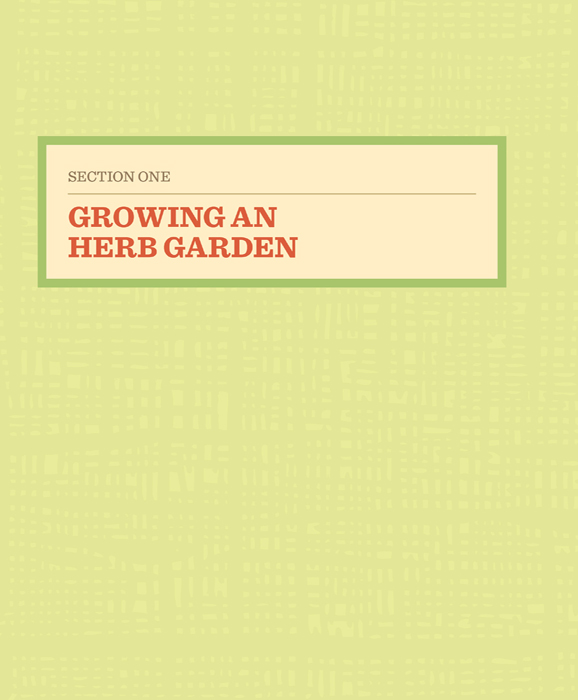
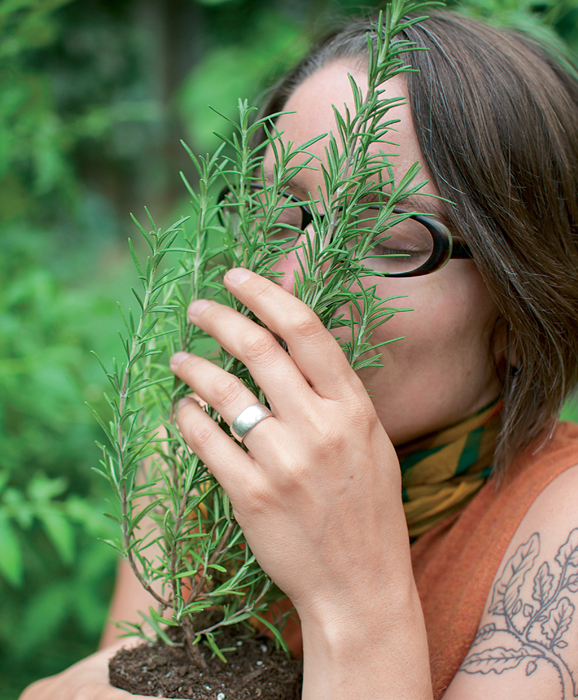
CHAPTER 1
The Pleasure of Herbs
and Edible Flowers
Herbs are tactile plants that activate all of our senses, inviting us to touch, smell, and taste them. This is their enchantment. With few exceptions, they are beautiful, ornamental, and elegant in their own right. Their beauty extends from the garden to our platesherbs make our food come alive and taste better. They inspire new culinary adventures and daydreams.
They make us happy.
Herbs for Everyone


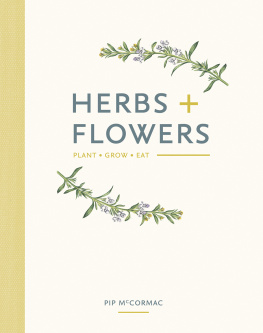


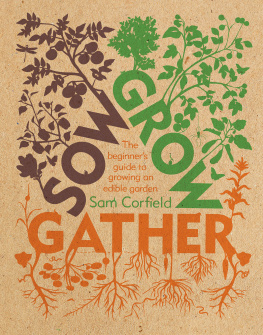
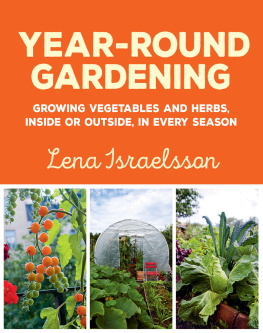

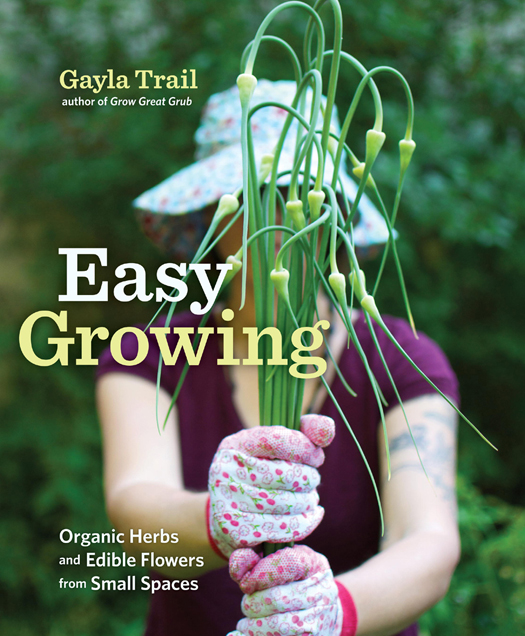

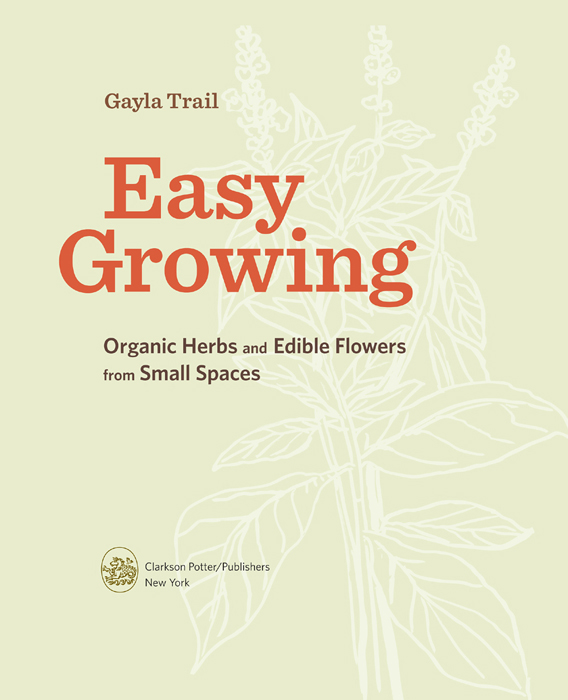



 ) so you can get an idea of the commitment required to make, build, or grow it at a glance.
) so you can get an idea of the commitment required to make, build, or grow it at a glance.

